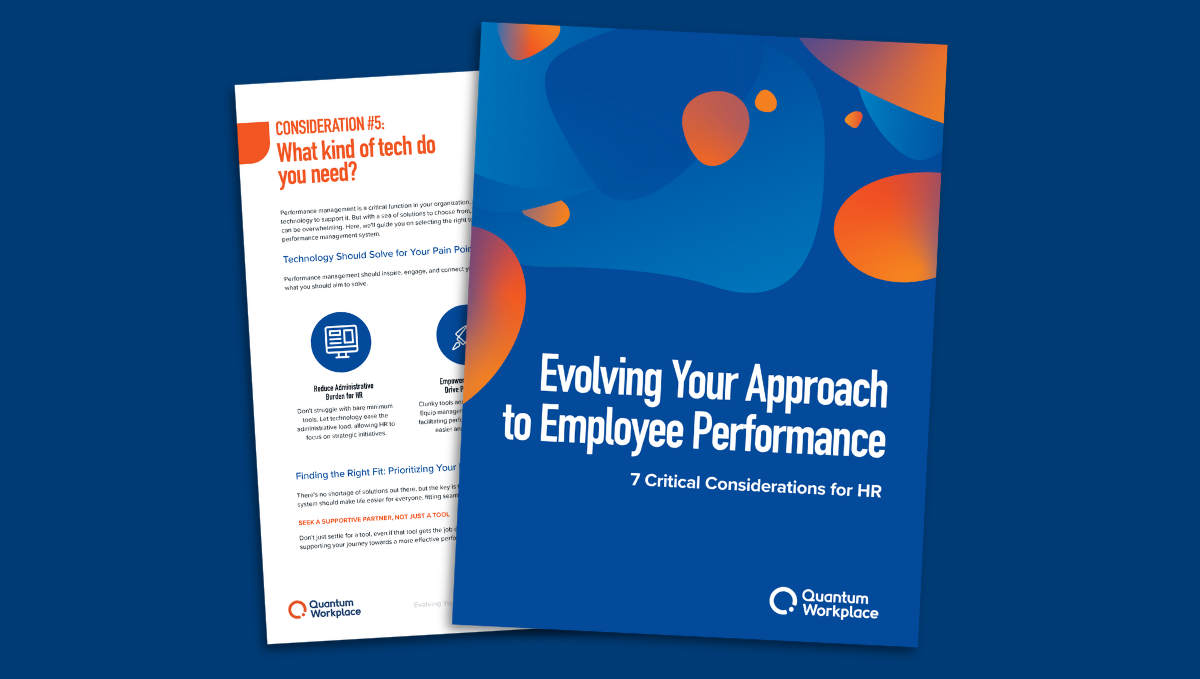How to Align Individual, Team, and Organizational Goals for Success
Every organization understands the importance of goal setting, but setting goals is not enough. It’s imperative to align employee goals to team goals, and team goals to organizational goals.
Everyone should be working to achieve the organization’s overall strategy, and aligning goals gets everyone on the same page and moving in the same direction.
Aligned goals create a familial atmosphere where everyone works together and understands their role. Simply put, if your organization isn’t aligning goals, you’re at a disadvantage.
Why it’s important to align organizational, team, and employee goals
Organizational alignment is a key differentiator between high-performing and low-performing companies. In fact, research by LSA Global found that highly aligned companies grow revenue 58% faster, are 72% more profitable, and outperform unaligned peers in employee engagement, customer satisfaction and retainment, and leadership.
Here are the main benefits to aligning goals throughout your organization:
1. Goals set the tone for your organizational strategy.
Organizational goals communicate what's important, and employees plan and execute their work based on those benchmarks. Organizational goals take the company's overall strategy and break it down into manageable chunks, providing checkpoints along the way to reach the overall strategic mark.
2. Employees get a sense of how their contributions are building toward team and organizational goals.
It's easy for an employee to feel lost and become disengaged when they don't understand where they fit in the organizational hierarchy. But when their goals are aligned with those of the company, they see the impact of their actions. It gives everyone a role to play and promotes accountability while providing natural points for recognition and celebration of good work.
3. Priorities are clarified.
Employees have many tasks on their agenda each day, and they're trusted to choose which should be accomplished first to propel the organization forward. When they understand how each task affects the team and organizational goals, it's easier for them to choose the job that needs their attention first.
4. Aligned goals connect employees and teams.
Alignment connects employees and teams to the organization and helps everyone get on the same page. Employees become disengaged when they feel they're a one-man crew. But when everyone understands how their work is contributing to the organization's main goals, bonds form as everyone works together towards common goals.
How to align goals across your organization
OK, so you know alignment is crucial—but how do you achieve it? Aligning your organization requires strong communication, leadership, and buy-in at every level. Here are 4 steps to gain alignment on organizational, team, and employee goals.
1. Set clear organizational goals.
Goals alignment starts at the top. Get together as a leadership team to discuss the company vision and strategy, and identify the specific goals you want to achieve as an organization. Get crystal clear on your objectives. Company goals should be targeted, strategic, and built around a vision the entire organization can share.
Remember: The clearer your goals are, the easier it will be for others to understand the vision and rally around a shared purpose. Vague or general goals lead to vague or general results.
2. Get buy-in from leadership.
Once you have your organizational goals outlined, it’s time to share them with leadership. Meet with senior and middle managers to communicate your vision and outline the specific goals and benchmarks you’ve identified for the company.
Listen to their feedback and questions to ensure the goals make sense and further refine your messaging. You will need them to understand and buy into these goals in order to effectively communicate them and drive alignment on the ground.
3. Communicate goals on every level.
When goals and accountabilities are clear, employees are 2.8x more likely to be highly engaged. Yet only 40% of employees across organizations know what their company’s goals are. How can you get alignment and execute your objectives if more than half of your organization doesn’t know what they’re all working toward?
The key is strategic, clear, and consistent communication at every level of your organization.
Make goals a regular part of leadership meetings, team meetings, employee one-on-ones, and performance reviews. Connect company initiatives and decisions to the underlying organizational goals. As you build goal conversations into your regular communications and messaging, you will reinforce, remind, and align employees across the organization.
4. Help employees achieve their goals.
Employees can’t succeed in a vacuum. They need team and organizational support to set and achieve their goals.
Support looks like:
- Robust onboarding for new hires to understand their role, company goals, and where to go for support
- Ongoing employee training and development to build the skills and knowledge they need to succeed
- Resources and tools to effectively get the job done
- Regular feedback and coaching from managers to ensure work is on track and aligned
Employees who have the support they need to succeed are better positioned to set and achieve goals that strategically align their work with company goals.
When employees understand what is expected of them, how their work fits into the big picture, and have the tools and resources they need to succeed, they will not only be aligned with the organization, but engaged in their work.
Start setting meaningful goals for your organization today. Download our ebook, 5 Sure-Fire Ways to Set Goals that Get Results.







